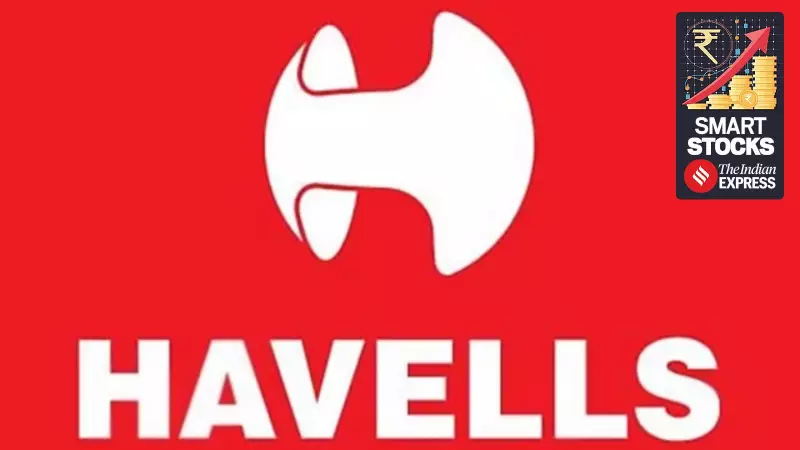
Electrical goods giant Havells India has delivered one of its most disappointing quarterly performances in recent years, sparking intense debate among investors about whether the company's premium stock valuation remains justified amid growing operational challenges.
Q2 Performance: A Tale of Two Businesses
The September quarter presented a mixed bag for Havells, with the company reporting mere 5% revenue growth while watching its stock price decline 12% year-to-date against the broader market's 9% gain. The contrasting performance between Havells' different business segments tells the real story of this quarter.
While the cables business delivered outstanding results with 12% revenue growth and margins surging from 12.3% to 17.7% year-on-year, the Lloyd air conditioning unit witnessed a dramatic 18% revenue crash. Even more concerning was the margin compression in the AC business, where contribution margins collapsed from a healthy 14% to just 1.7%.
The Lloyd Conundrum: Temporary Setback or Structural Problem?
The severe underperformance of the Lloyd business stemmed from multiple headwinds. India experienced an unusually short summer season, significantly reducing air conditioner demand across the country. This was compounded by substantial inventory pile-ups throughout the industry and impending new energy efficiency regulations scheduled to take effect from January 2026.
However, deeper concerns emerge when examining Havells' long-term investment in Lloyd. The company acquired the air conditioning brand back in 2017 for Rs 1,600 crore and has since invested approximately Rs 3,000 crore altogether, including Rs 400 crore for a new plant in Andhra Pradesh and Rs 60 crore for capacity expansion. Despite this substantial capital commitment, Lloyd maintains its position as India's third-largest AC brand, unchanged from when Havells initially purchased it.
The margin deterioration also appears more structural than temporary. Lloyd's contribution margin has been on a steady decline, falling from 13.7% in Q2 FY21 to the current 1.7% in Q2 FY26, suggesting fundamental challenges beyond seasonal factors.
Reasons for Optimism: Strong Fundamentals Amid Challenges
Despite the Lloyd setbacks, several factors support a positive outlook for Havells. The company's cables business is riding a powerful wave of infrastructure spending and real estate demand, positioning it as a key beneficiary of government projects involving roads, metros, and airports.
Management remains confident that the inventory issues are temporary, expecting channel inventory to normalize by end of December 2025 and overall working capital to stabilize by March 2026. The company's strategic focus on premiumization shows promise, with approximately 40% of their fan portfolio now utilizing energy-efficient BLDC technology that commands higher margins.
Havells has also significantly strengthened its distribution muscle over the years. The company's dealer network has grown at a steady 12.7% CAGR from FY16 to FY25, while the retailer network has more than doubled from about 1 lakh outlets in FY16 to nearly 2.6 lakh in FY25, expanding at 11.6% annually. The electrician network has similarly doubled from 1.5 lakh to over 3 lakh during the same period.
Valuation Concerns and Investor Dilemma
The central question facing investors is whether Havells' current stock price, trading at approximately 63 times earnings, appropriately reflects both the company's strengths and challenges. Brokerages have already begun slashing earnings estimates by 3-6% following the weak quarterly results.
The core businesses—cables, switchgear, lighting, and fans—remain fundamentally strong with real competitive advantages and are projected to grow at 8-12% annually with decent margins. However, the significant capital tied up in Lloyd raises questions about capital allocation efficiency, particularly when those resources could potentially generate stronger returns if deployed in the high-performing cables segment or returned to shareholders.
Havells essentially presents investors with a 'show me' story where management needs to demonstrate that Lloyd can achieve consistent profitability, working capital efficiency can improve, the premium product strategy can boost margins, and lessons from past capital allocation decisions have been learned.
While Havells doesn't appear to be a fundamentally broken business, the current premium valuation demands a level of confidence that may not be fully warranted given the near-term challenges and persistent drag from the Lloyd segment. For many investors, monitoring the company's progress while waiting for a more balanced risk-reward opportunity might represent the prudent approach.





